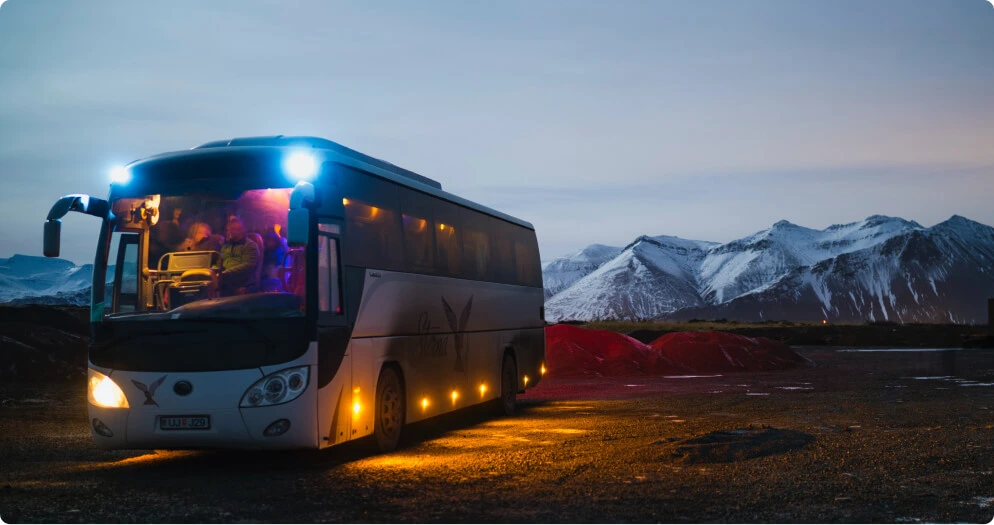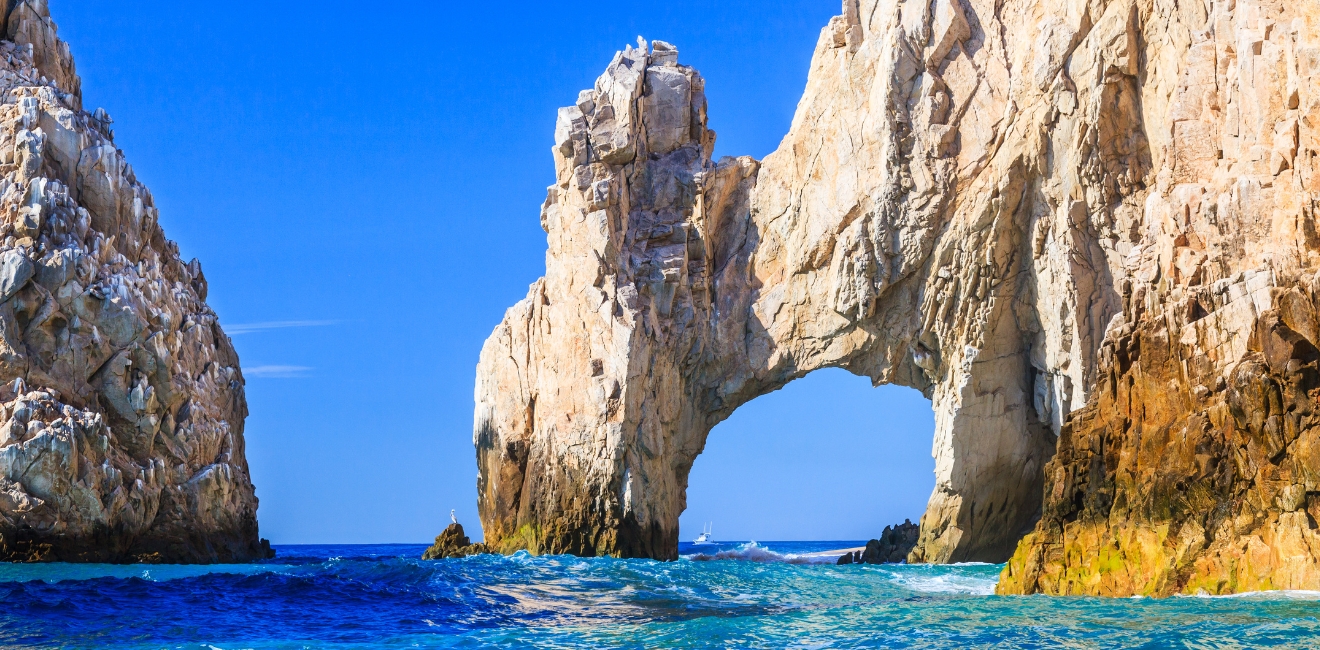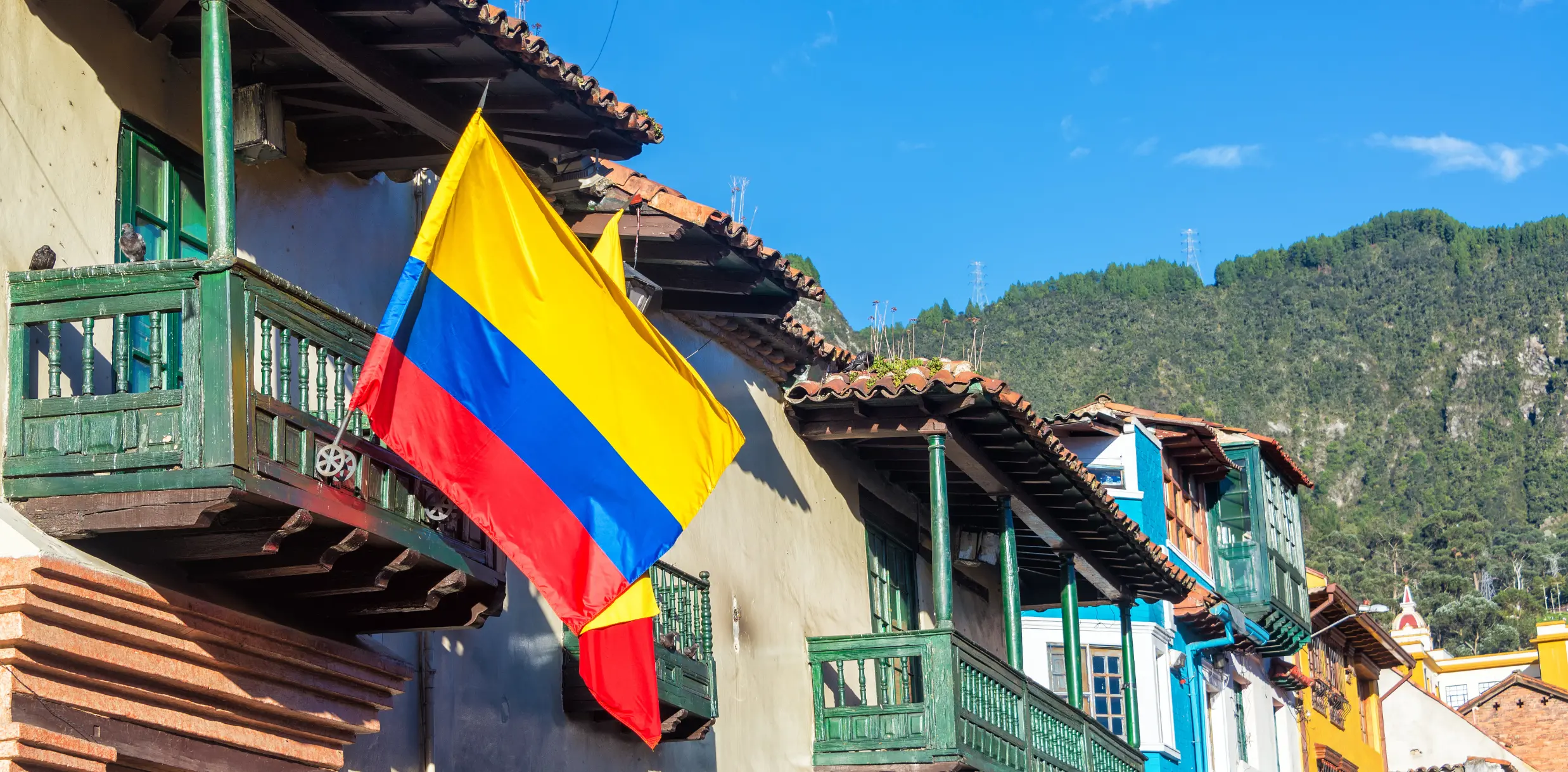
The type of food served on flights has changed vastly since the early days of aviation.
The 1920s
During the 1920s, there was a great deal of focus on the weight you could have onboard, with passengers often getting weighed before boarding. Engines were also feeble at this time, and since there was not as much freedom to divert energy from the engine to other sources, like heat, cold food was the norm.
Selections typically included; cold fried chicken, fruit salads, and elegantly composed sandwiches, served in wicker baskets on the lightest chinawear.
European airlines were more lavish with their selections at this time, however, serving dishes that often included lobster salads, nicoise salads, ice creams, cheese selections with fruit, and champagne.
Aboard airlines like Qantas Empire Airways (the predecessor to Qantas) and Imperial Airways (the predecessor to British Airways), customers would dine on selections like lobster and sherbet, ox tongue, roasted chicken, foie grois, and peaches with Melba sauce.


The 1930s
Kitchens became available aboard flying boats (fixed-winged seaplanes that had a hull to allow them to land on the water). Aboard Pan Am’s Clippers, customers started to be served meals like beef, roasted right on the aircraft.
Pan Am’s Clippers sometimes even had a dining room onboard, allowing customers to go in groups at a time to the dining room, where they’d be greeted with white tablecloths and a buffet!
Around 1935 by adding drinks like cocoa, adding linen and flowers onboard, and serving dishes that consisted of crabmeat cocktail, avocado and grapefruit salad, or lettuce and egg salads.
Sometimes, planes would even stop off for lunch, serving customers in the airline hangar or at picnic tables while the plane refueled before continuing with the remainder of the trip.
Since the restraints of visual navigation meant planes still flew closer to the ground at this time, there was more turbulence and a greater chance of spilling food and drink when served in the sky. Sometimes, it was simply easier for the staff to land the plane and conduct the service on the ground.

The 1940s
The 1940s are when frozen food aboard flights began to take off. Not only did this mean that airlines could now start making more use of the meals they would make, but it allowed for more variety.
The 1950s
That variety took off in the 1950s, when airlines such as Northwest Airlines brought in spaces like their “Fujiyama Room,” a lounge that served up cut pineapples studded with shrimp, cheese, cherry tomatoes, and fruit squares.
American Airlines, based in Texas, served up chicken pie with a biscuit topping, while Southern Airlines served Louisiana dishes like a Creole shrimp salad remoulade.
On Lufthansa, beer was served straight to customers out of a rolling keg, while Western Airlines had a service called the Hunt Breakfast where stewardesses would put on red coats and hats and walk through the cabin with hunting horns and the sounds of barking dogs before serving breakfast.

The 1960s
With aircrafts flying faster, and holding more seats meant airlines had to start finding ways to speed up the process of serving food in-flight. This included changes like switching from glassware to plastic, because washing and storing them would take an extensive amount of time, or serving up foods that didn’t need to be cut with a knife and fork (like pre-cut sandwiches).

Source: www.travelandleisure.com









Leave a comment: